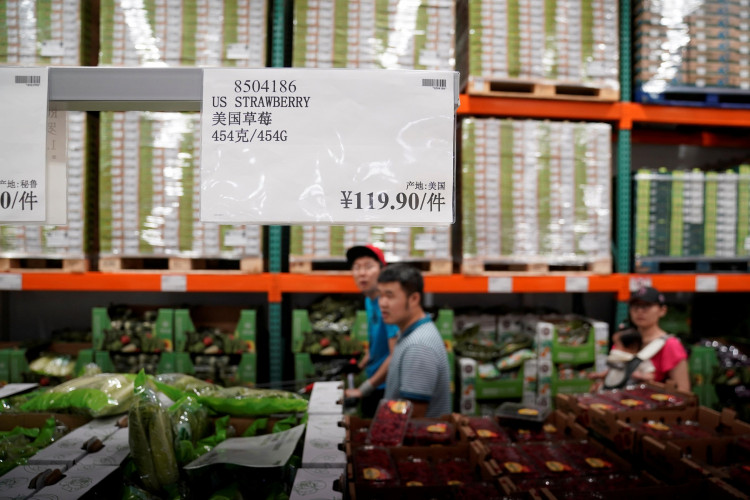A bump in America's exports in July helped narrow the country's trade deficit while Chinese imports continued to dwindle as the two countries lock horns in trade, latest data on Wednesday showed.
Cris Ripkey, head of economics at the MUFG in New York, said that investors are unlikely to see any easing in the trade tariffs and US President Donald Trump's cabinet may even increase their efforts to "tame the massive red ink." He stressed that "It does not look like the United States is winning this trade war."
Market observers said the trade divide may widen in the next few weeks as demand for America's manufacturing exports slows. The US trade gap tightened by almost 3 percent in July to $55 billion, the biggest decline in five months, as Washington exported more car, aircraft, and oil drilling machinery, the department of commerce divulged.
Economists surveyed by Reuters had predicted the trade deficit shrinking to $53 billion two months ago. The US monthly trade gap has ballooned from $46 billion in the first quarter of 2017 when Trump took office after Barack Obama's term.
The European Union and Mexico seem to have carried on some of the slack, as America's deficit with both regions continued to grow. Overall, exports were up 0.74 percent to $207 billion - which still left them below the 2018's level. Imports retreated 0.2 percent to $261 billion.
The politically-sensitive products deficit with Beijing soared 9.5 percent to $33 billion, the largest since the first quarter of 2018, with imports climbing 6.5 percent. US exports to China were down 3.4 percent in August, with a shortfall of 1.8 percent as both imports and exports weakened.
Weak prices of basic commodities also took a toll on US exports to other countries for August, as the value of crude, coal, fuel, oil, and other petroleum products dropped. American services imports like software royalties and tourism ad campaigns, on the other hand, registered a decent $49.7 billion.
Meanwhile, a separate report by the central bank described the US economy as having broadened at a slight pace through the end of last month amid worries on taxes and uncertainty in economic policies.
The US dollar (USD) retreated against a host of other currencies, while U.S. Treasury prices spiked. On Wall Street, stocks were trading in the green zone after positive data from China's services market.






